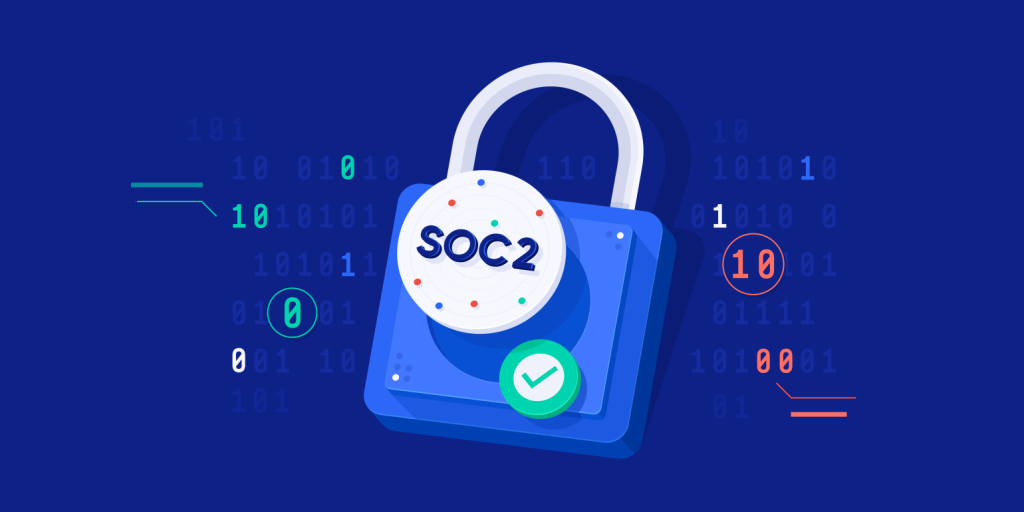
- The SOC 2 audit assesses a service organization based on five key Trust Service Criteria: security, availability, processing integrity, confidentiality, and privacy.
- Achieving SOC 2 compliance involves several steps: selecting the appropriate audit type, conducting a gap analysis, developing and implementing security policies and procedures, and undergoing an independent audit.
- By achieving SOC 2 compliance, businesses can protect client information, manage risks effectively, and build a resilient cybersecurity posture, fostering stakeholder trust and confidence.
SOC 2 Compliance Audit is crucial in ensuring businesses protect vast client information in today’s interconnected digital world. SOC 2, for System and Organization Controls 2, is an auditing procedure developed by the American Institute of CPAs (AICPA). It provides a framework to assess an organization’s controls for security, availability, processing integrity, confidentiality, and privacy. This framework helps organizations rebuild trust and strengthen cybersecurity measures.
The SOC 2 audit assesses a service organization based on five key Trust Service Criteria: security, availability, processing integrity, confidentiality, and privacy. A SOC 2 Type 1 audit examines the design of these security controls at a specific point in time, offering a snapshot of the organization’s commitment to security design. Conversely, a SOC 2 Type 2 audit evaluates the operational effectiveness of these controls over a period, providing a more comprehensive assurance of data security. Both audit types involve stakeholders, including lead implementers, external auditors, and IT professionals, who work collaboratively to ensure compliance.
Achieving SOC 2 compliance involves several steps: selecting the appropriate audit type, conducting a gap analysis, developing and implementing security policies and procedures, and undergoing an independent audit. Organizations must meticulously document their controls and collect evidence of their effectiveness. This structured approach demonstrates a commitment to strong information security standards, builds trust with clients, and enhances internal risk management practices.
By achieving SOC 2 compliance, businesses can protect client information, manage risks effectively, and build a resilient cybersecurity posture, fostering stakeholder trust and confidence.


Leave a Reply
You must be logged in to post a comment.